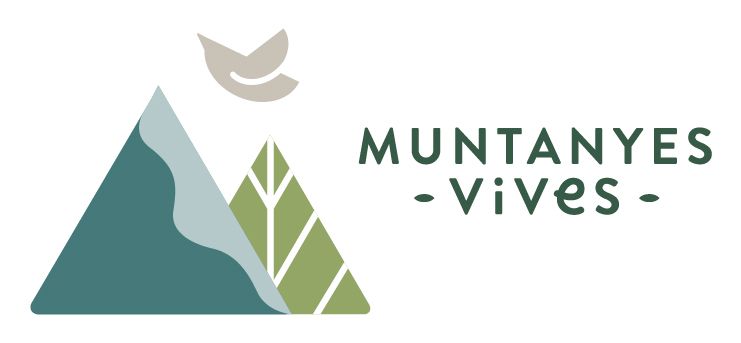
The number of people practicing sports activities in the natural environment has increased considerably. In many cases, the new practitioner and those already familiarized with the sport, have a lack of knowledge of the natural values of the environment where they develop the activity. Within this scenario, it is necessary to make the sports community aware of the risks and threats that an irresponsible practice mean to the natural environment.
The aim of the Muntanyes Vives II project, is to create awareness of the need to practice sport respectfully for the environment. The project will have 4 clips where an environmental technician/specialist will meet an athlete in their usual sports practice, reflecting the impact this practice could have on the natural environment. The four sports disciplines will be mountain skiing, climbing, canyoning and trail running.
The main objectives of this project, are to share with the sports practitioners the natural values of the mountain areas; raise awareness about the threats and impacts that are generated from outdoor sports; establish behavioral guidelines and recommendations to be taken into account for each sporting activity and bring the sporting community closer to the conservation of natural values.
Mountain Skiing
Have you ever thought about the impact that mountain skiing can have on the natural environment? Check this out to learn more about it.
Follow this project to learn more about preserving the environment and enjoy it for many years.
@muntanyesvives @kilianjornetfoundation
The vertical walls hide a lot of biodiversity that is adapted to and dependent on this habitat, and our presence can affect or disturb it.
At a time when climbing has become so popular, it is very important to inform ourselves about the regulations before climbing. We must take care of the environment and respect the flora and fauna, making our visit go completely unnoticed.
Check this video to learn more about it.
@muntanyesvives @kilianjornetfoundation
Trail running is a sport that over the years has gained many followers and practitioners. One of the main benefits that this sport brings us is being able to enjoy nature. But not everything is fair in nature.
The mountain is much more than a playing field on which to practice our sport. They are habitats and ecosystems and these are fragile.
In this clip with Tòfol Castanyer and Albert Vila, you will discover what is hidden and the importance of practicing this sport responsibly.
“Unlike other sports, what I like most about mountain running is the connection I feel with it and the freedom that running in these spaces gives you.” – Tòfol Castanyer
@muntanyesvives @kilianjornetfoundation

Canyoning
We are going canyoning with Guillem Mas, biologist and director of the Paisatges Vius Association; and with David Ariño, a photographer specialized in mountain sports, who will introduce us to the world of ravines and all the flora and fauna that inhabits them.
Guillem’s objective? Finding the Pyrenean newt. David’s goal? Have a nice canyoning day. Both things quite difficult to achieve due to the current drought. Let’s see if we got it!
There are ravines that due to their accessibility no longer have as many natural values, and therefore, if we go in an unregulated way, we should prioritize these. But if we go to those that do preserve great natural value, it is very important to follow these good practices to reduce our impact:
-Watch to do it in those times that there is water. In times of drought, newts are located in the puddles with the remaining water, this makes it more likely that we accidentally step on one, therefore, it is also very important to take into account the temporality and the moment in which we do this activity.
-Ask for the pertinent permission and authorization. Respecting local regulations and access restrictions to ravines is essential to protect these natural spaces.
-Go along the river bank whenever possible, to avoid disturbing the fauna that lives in the water areas. This precaution is especially important to preserve fragile habitats and avoid disturbing animals.
-Follow the course of the water when rappelling, to avoid stepping on the moss that lives there. This vegetation is vital for the conservation of river ecosystems, and walking on it can cause irreversible damage.
-Try not to broadcast all the places we go, this helps to avoid crowds.
-Disinfect all the material that has touched the water, to avoid emerging diseases that are affecting amphibians.
With these small changes we guarantee to continue enjoying these wonderful natural environments.
@muntanyesvives @kilianjornetfoundation
Supported by:



